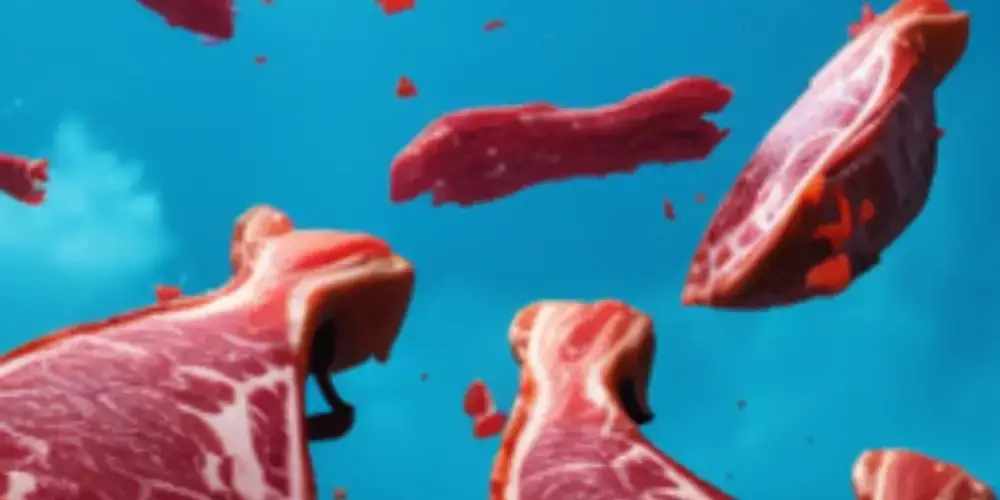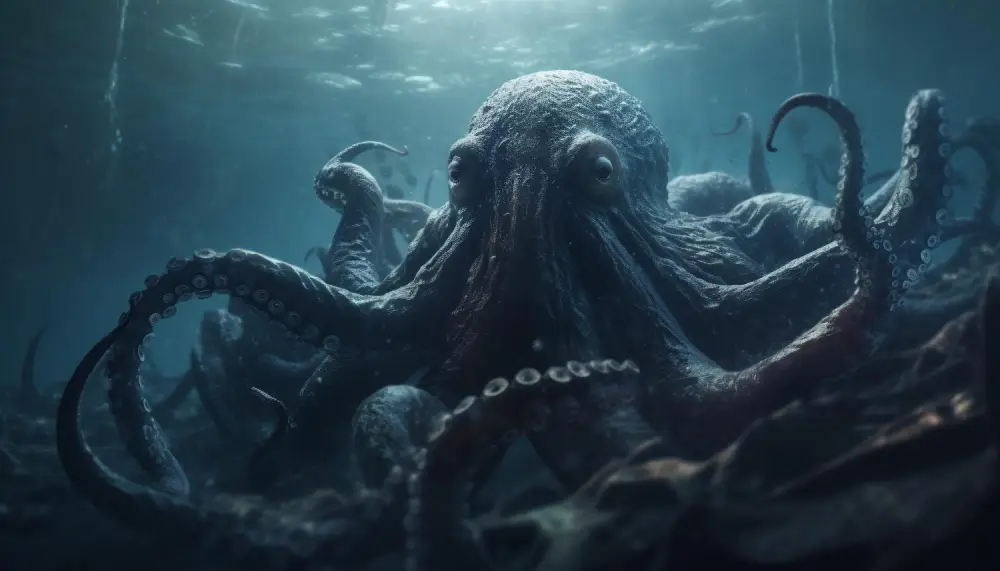The Kentucky meat shower was a bizarre incident that occurred on March 3, 1876, in Bath County, Kentucky, USA. At the time of the incident, pieces of meat fell from the sky over several square kilometers. The meat was reported to have fallen for several minutes, covering fences and fields in the area.
The incident was seen by many locals who described the meat ranging in size from beans to walnuts with some large pieces as well. Some of the meat is described as gray and rough, while others are red and look like beef.
Descriptions are provided to explain Kentucky meat packing. Some people initially thought the meat had been dropped by hawks or other birds, while others suggested it was caused by storms or other natural causes. However, the most widely accepted explanation is that the meat was actually a type of algae called Nostoc that had been blown into the air by strong winds and then rained on in the area.
The event remains a fascinating and unique event in American history and continues to be studied and discussed by scientists and researchers. Despite some conspiracy theories that have surfaced over the years, most experts agree that the incident can be explained biologically and that it was likely a once-in-a-lifetime event.
What is Nostoc?
Nostoc is a genus of cyanobacteria, also known as blue-green algae, that is commonly found in a variety of aquatic and terrestrial environments around the world. Nostoc forms colonies of cells that are bound together in a gelatinous matrix, which can range in size from a few millimeters to several centimeters in diameter.
Nostoc is an important organism in many ecosystems, as it is capable of fixing atmospheric nitrogen and making it available to other organisms in the environment. It is also used as a food source in some cultures and is considered a delicacy in parts of Asia.
In the context of the Kentucky meat shower incident, it is believed that a large colony of Nostoc was swept up into the air by strong winds and then carried over a wide area before eventually raining down on the ground as small chunks of organic matter. While the incident may have seemed mysterious or inexplicable to observers at the time, scientific research has since provided a plausible explanation based on known biological processes.
Why do vultures drop food?
Vultures are scavenger birds that feed primarily on the carcasses of dead animals. When they find a carcass, they will tear off chunks of meat with their beaks and consume it on the spot or carry it away to consume later.
In some cases, vultures may drop pieces of food while they are flying or while they are in the process of tearing off a piece of meat. This can happen for a variety of reasons, including the vulture being disturbed by another bird or animal, or the vulture simply losing its grip on the food.
Vultures may also drop food intentionally as a way of distracting predators or other scavengers that may be competing for the same food source. By dropping a piece of meat and then flying away, the vulture can distract its rivals and protect its food supply.





